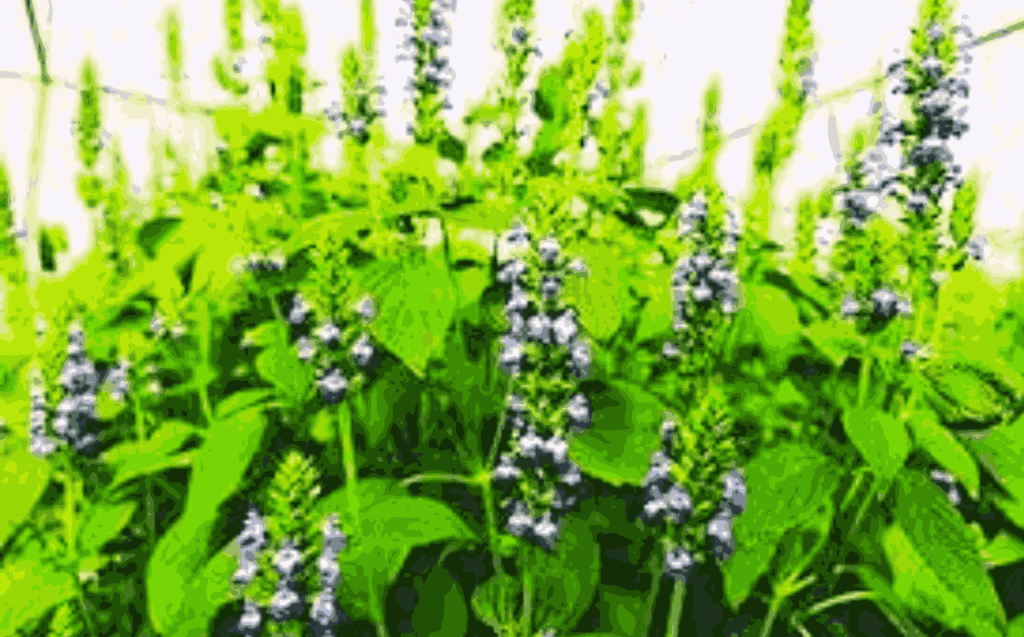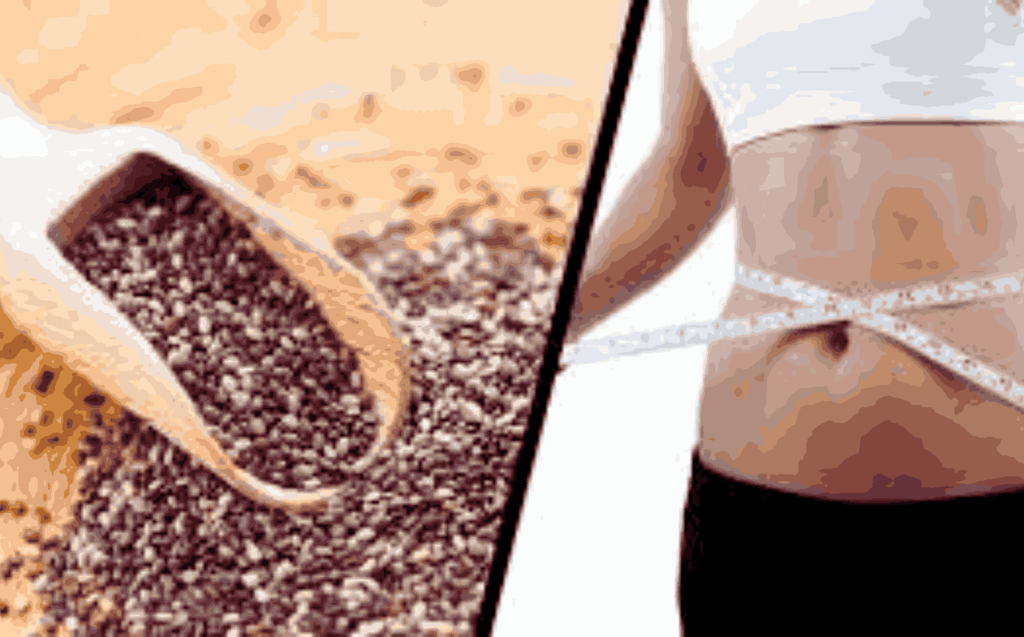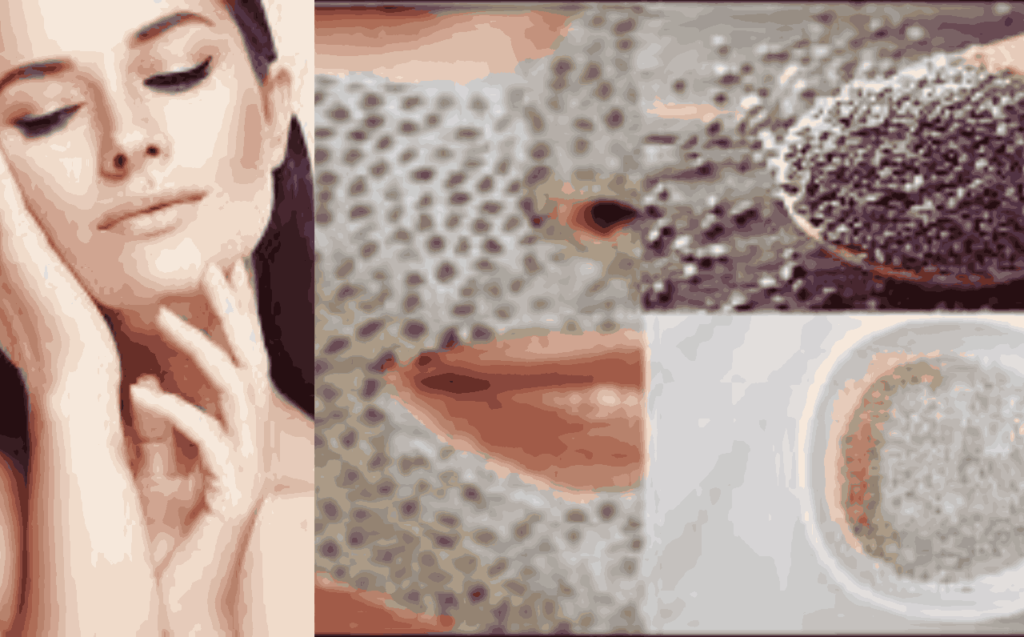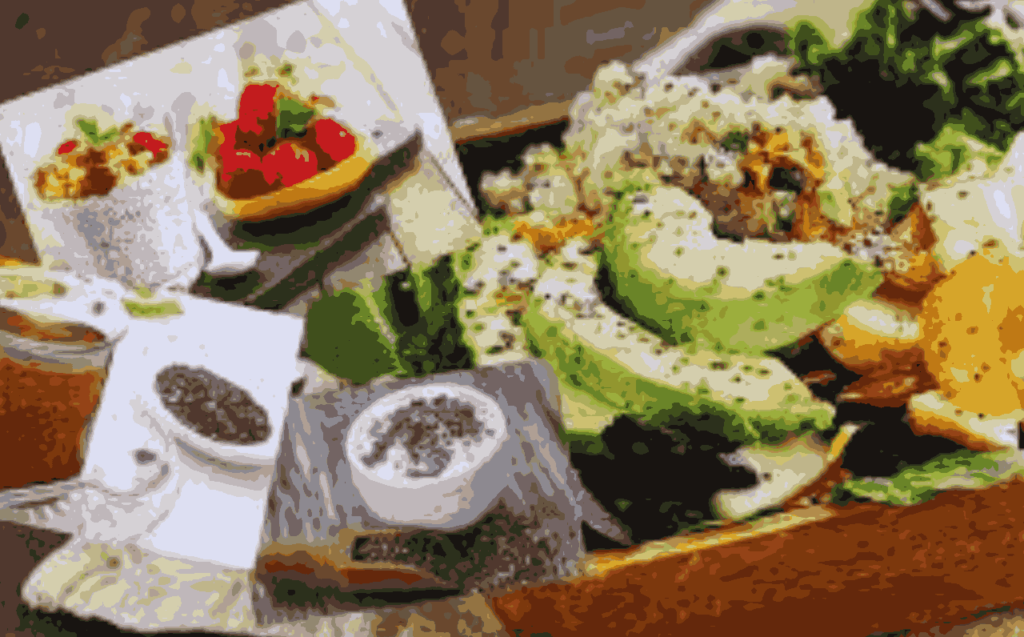In the world of superfoods, chia seeds have emerged as a tiny powerhouse packed with immense health benefits. From aiding digestion to promoting heart health, these little seeds have gained popularity among health enthusiasts and nutritionists alike. One of the most intriguing aspects of chia seeds is their potential role in weight loss. Let’s delve into the science behind these seeds and explore how they can be incorporated into a weight loss journey.

Understanding of little seeds
The Central American native Salvia hispanica plant is used to collect seeds. They are incredibly nutrient-dense despite their small size, including fiber, protein, antioxidants, omega-3 fatty acids, and a variety of vitamins and minerals. These nutrient-dense powerhouses have been connected to a host of health advantages, including as better digestion, less inflammation, and strengthened cardiovascular function.

- Rich in Nutrients: Despite their small size, are loaded with important nutrients like fiber, protein, omega-3 fatty acids, calcium, magnesium, and antioxidants.
- Digestive Health: The high fiber content in these seeds promotes digestive health by supporting regular bowel movements and preventing constipation.
- Heart Health: Omega-3 fatty acids found help reduce inflammation, lower blood pressure, and decrease the risk of heart disease.
- Weight Management: When mixed with liquid, chia seeds expand and form a gel-like substance in the stomach, helping to promote a feeling of fullness and potentially aiding in weight loss.
- Blood Sugar Regulation: these seeds may help stabilize blood sugar levels by slowing down the conversion of carbohydrates into sugar, which can be beneficial for people with diabetes or those trying to manage their blood sugar levels.
- Bone Health: theseseeds are a good source of calcium, magnesium, and phosphorus, which are essential for maintaining healthy bones and preventing conditions like osteoporosis.
- Hydration: seeds can absorb up to 10 times their weight in water, which helps to keep the body hydrated and electrolyte-balanced, particularly useful for athletes or those living in hot climates.
- Antioxidant Properties: contain antioxidants that help protect the body from damage caused by free radicals, potentially reducing the risk of chronic diseases like cancer.
- Versatility in Cooking: incredibly versatile and can be easily incorporated into various recipes, including smoothies, puddings, salads, baked goods, and more, adding a nutritional boost to your meals.
- Gluten-Free: seeds are naturally gluten-free, making them an excellent choice for individuals with gluten intolerance or celiac disease.
The Role of Chia Seeds in Weight Loss:
- High Fiber Content: One of the key components of seeds is their high fiber content. Fiber is essential for promoting feelings of fullness and satiety, which can help reduce overall calorie intake. Additionally, fiber aids in regulating blood sugar levels and preventing spikes in insulin, which can contribute to weight gain.
- Omega-3 Fatty Acids: are an excellent source of plant-based omega-3 fatty acids, particularly alpha-linolenic acid (ALA). Omega-3s play a crucial role in reducing inflammation and may help regulate metabolism, potentially aiding in weight management.
- Low in Calories: Despite their nutritional density, chia seeds are relatively low in calories. This means you can enjoy their benefits without significantly increasing your calorie intake, making them a valuable addition to a weight loss diet.
- Gel-Forming Properties: When mixed with liquid, develop a gel-like consistency due to their high soluble fiber content. This gel formation slows down the digestion process, keeping you feeling full for longer periods and reducing overall food intake.

The Role of Chia Seeds for Glowing Skin:
Into your skincare routine, you can add chia seeds to your diet by sprinkling them on salads, yogurt, or smoothies. You can also create homemade masks or scrubs by mixing chia seed powder with other natural ingredients like honey, yogurt, or mashed fruits. However, if you have any allergies or skin sensitivities, it’s always a good idea to perform a patch test before using any new skincare product.

- Hydration: Chia seeds are hydrophilic, meaning they can absorb water and help retain moisture in the skin. When consumed or applied topically, they can aid in maintaining skin hydration, preventing dryness, and improving overall skin texture.
- Antioxidant Protection: These seeds are rich in antioxidants like vitamin E, which help combat free radicals and protect the skin from oxidative stress. This can contribute to reducing signs of aging, such as fine lines, wrinkles, and dullness.
- Anti-Inflammatory Properties: Chia seeds contain omega-3 fatty acids, specifically alpha-linolenic acid (ALA), which have anti-inflammatory properties. Incorporating chia seeds into your diet may help reduce inflammation in the skin, soothing conditions like acne, redness, and irritation.
- Promotion of Collagen Production: Chia seeds are a good source of essential amino acids, the building blocks of protein. Protein is crucial for collagen production, the protein responsible for maintaining skin elasticity and firmness. Consuming chia seeds can support collagen synthesis, promoting youthful-looking skin.
- Regulation of Oil Production: Despite being high in omega-3 fatty acids, chia seeds are low on the glycemic index, which means they don’t cause spikes in blood sugar levels. Stable blood sugar levels can help regulate oil production in the skin, potentially preventing acne breakouts and promoting balanced, clear skin.
- Exfoliation: When ground into a powder chia seeds. Gentle massage of chia seeds is useful for skin exfoliant . They help slough off dead skin cells, unclog pores, and promote skin renewal, leaving the skin smoother.
Incorporating into Your Diet
- Chia Seed Pudding: Mix chia seeds with your choice of milk (dairy or plant-based) and let them soak overnight. Add sweeteners or flavorings like vanilla extract or cocoa powder for a delicious and nutritious pudding.
- Smoothie Booster: Sprinkle chia seeds into your favorite smoothie recipe for an extra boost of nutrition and texture. They blend seamlessly with fruits, vegetables, and other smoothie ingredients.
- Salad Toppings: Sprinkle chia seeds over salads to add crunch and nutritional value. They can complement both savory and sweet salads, enhancing their taste and health benefits.
- Baking Ingredient: Incorporate chia seeds into baked goods such as muffins, bread, or pancakes for added fiber and nutrients. Chia seeds substitutes eggs in vegan baking recipes.

Conclusion
these seeds are indeed a nutritional powerhouse with numerous health benefits, including their potential to aid in weight loss. By virtue of their high fiber content, omega-3 fatty acids, and low-calorie profile, can support a healthy and sustainable weight loss journey when incorporated into a balanced diet and active lifestyle. However, it’s essential to remember that no single food can guarantee weight loss on its own. Instead, focus on creating a diverse and nutrient-rich diet that includes foods seeds to achieve your weight loss goals while promoting overall health and well-being.
You can also read:

